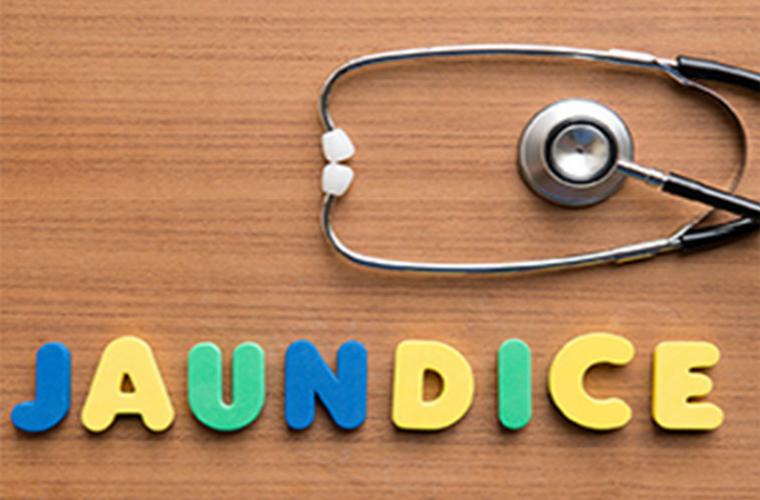Jaundice, or high bilirubin, is common in newborns. It typically appears around two days of age, reaches its peak at day four or fiveand resolves by two weeks of age.
One of the typical first signs of jaundice is a yellow color to the skin or whites of they eyes, which is due to high levels of bilirubin in the blood stream.
What causes jaundice?
Babies are born with high numbers of red blood cells. After birth, there is a rapid breakdown of these red blood cells – much faster than in an adult. As these cells break open, some of the contents turn into bilirubin. Bilirubin is normally broken down by the liver and leaves the body through the intestines. However, some newborns aren’t able to “keep up” with the bilirubin, causing levels to rise in their blood.
Why do babies get it?
Babies get jaundice for a number of reasons. Most commonly they get it because their livers aren’t fully developed and don’t process bilirubin as fast. Newborns also don’t have as many bowel movements in the first few days of life (to help pass the bilirubin). Additionally, they can have an increased ability to reabsorb the bilirubin that would normally leave the body through the intestines.
There are other causes of jaundice such as dehydration, infection, prematurity, blood group mismatch between baby and mom’s blood and metabolic disorders. These are all conditions your doctor can help identify and manage.
What problems can it cause?
In mild cases, jaundice only causes the change in the skin color, which improves with time and does not affect the baby. In more moderate cases, it can make the baby more tired and increase problems with feeding. In severe cases where levels are very high and untreated, jaundice can cause hearing loss and lifelong brain damage. This is the reason jaundice is taken seriously and treated appropriately.
How is it diagnosed?
If your baby looks yellow or has risk factors for jaundice, a level will be checked with a lab test before your baby leaves the hospital. Your baby’s doctor can use this level to help determine your baby’s risk of having problems with jaundice. If, after leaving the hospital, you think your baby’s skin color is becoming more yellow, is having problems feeding or if you have other concerns, contact your baby’s doctor.
How is it treated?
Treatments depend on the severity. In mild cases without underlying problems, increased feedings and monitoring the bilirubin level may be all that’s needed. In high levels phototherapy — or a bilirubin blanket — is used to help lower the bilirubin level. Babies on phototherapy need to be monitored (but not always in the hospital). Severe cases of jaundice require hospitalization, light therapy, fluids and sometimes more significant interventions such as transfusions.
The important thing to remember is that jaundice is common and there are appropriate treatments available. Your doctor will be able to talk over your baby’s risk and help keep this potentially serious problem at bay.
…
Posted In Children's, Health Information
